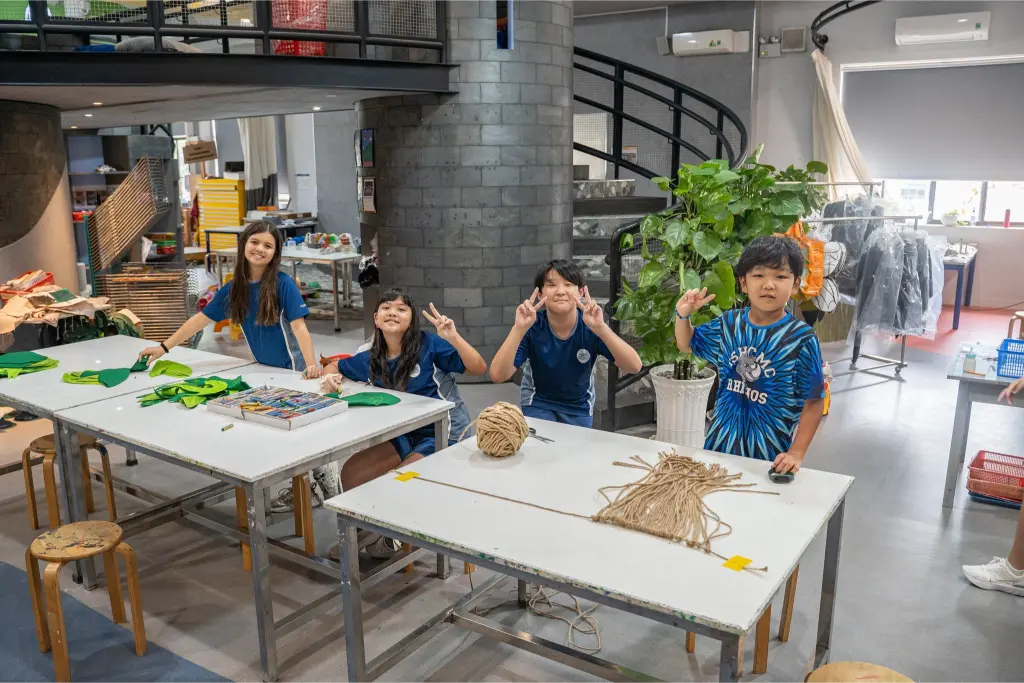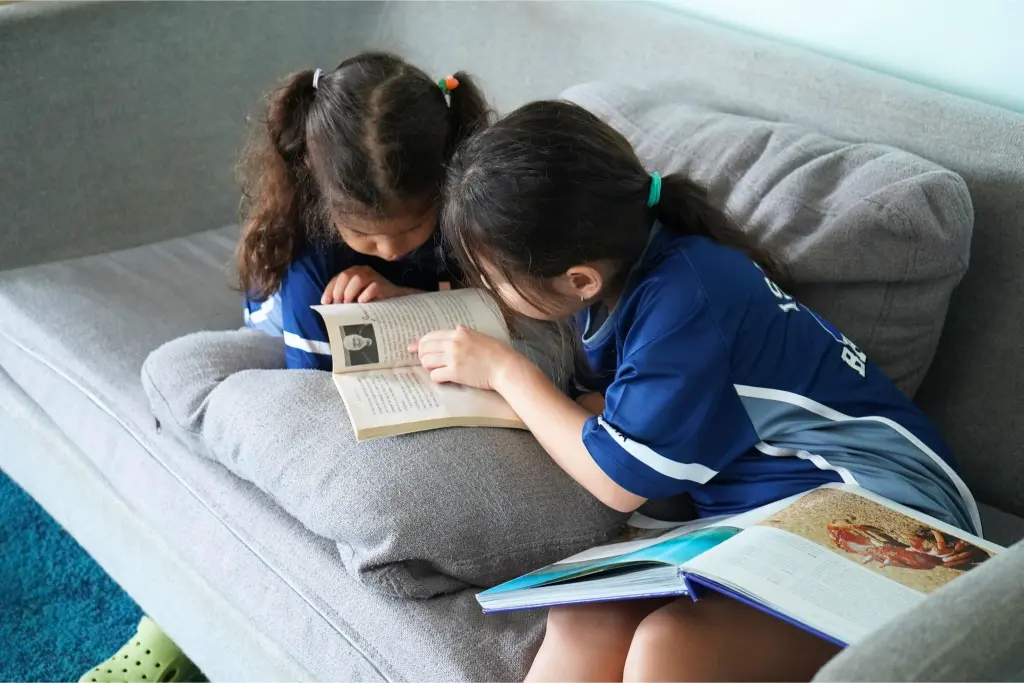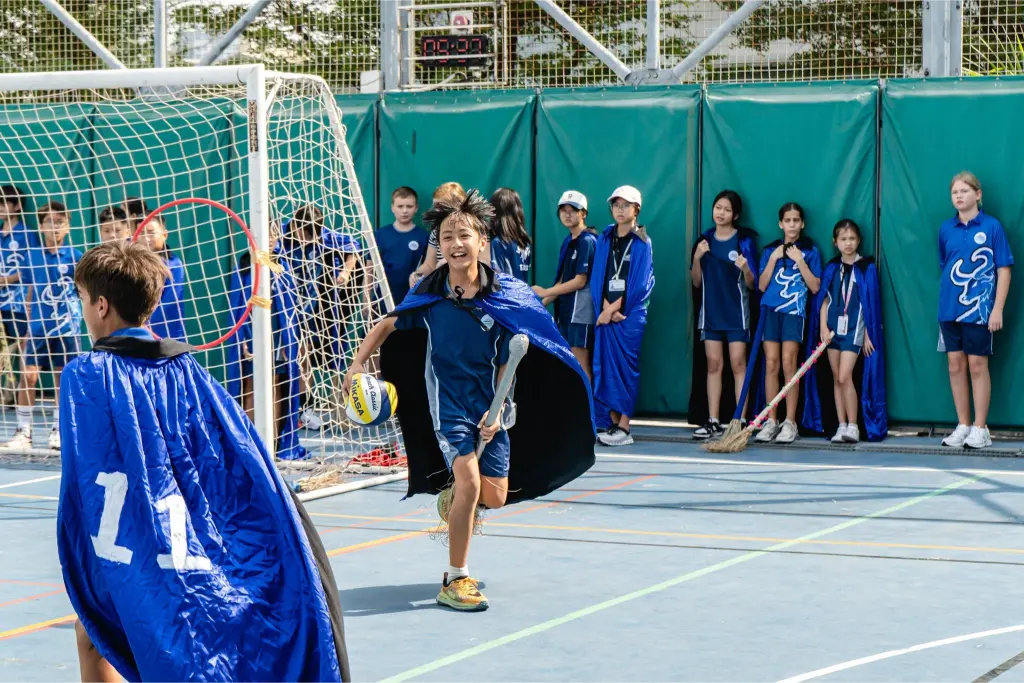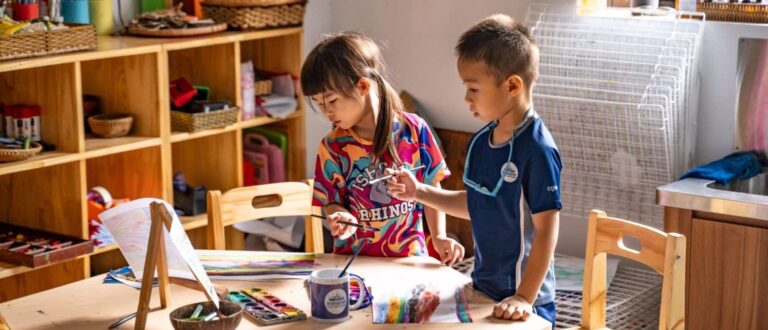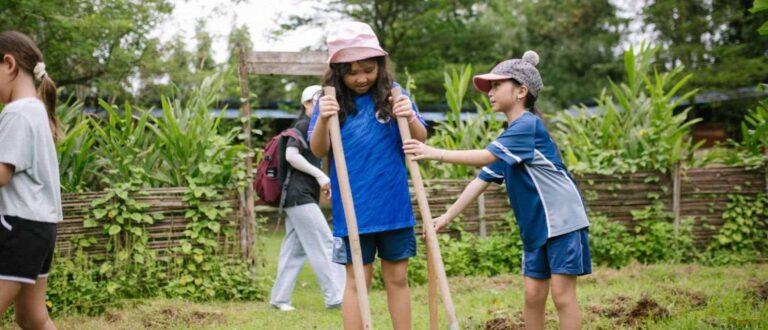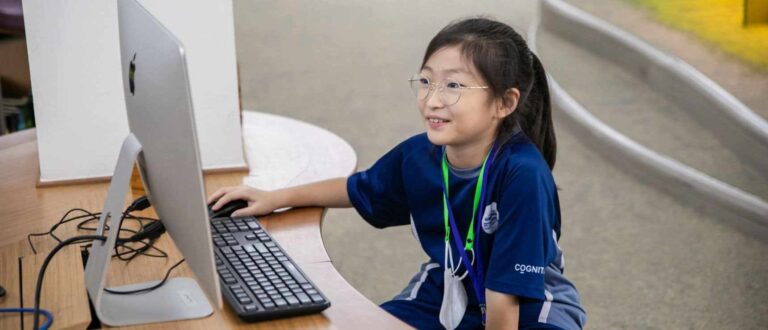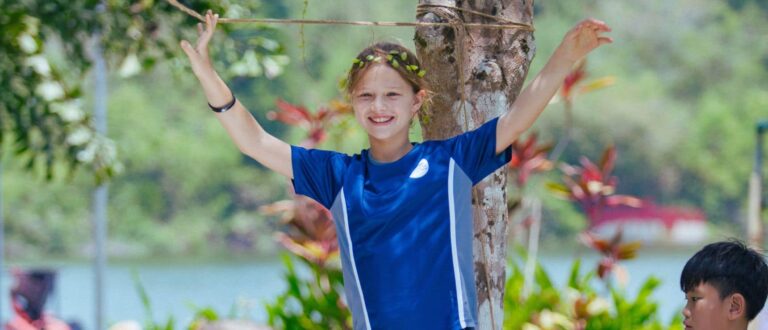Curiosity unlocks pathways to creative thinking and a deep engagement with learning. Curious children are more active in questioning, exploring, and discovering new experiences. This article offers nine engaging ideas on how to develop curiosity in kids, aimed at establishing an environment that encourages discovery and intellectual growth.
Encouraging Questions
One effective method for understanding how to develop curiosity in kids is to create a setting where parents and teachers welcome all questions. Show your interest when kids ask to demonstrate that their curiosity is valued.
Parents can also model curiosity by sharing their own questions. “What if” and “Why” questions are effective in triggering a curious mind because they help children understand the situations and expect the outcomes.
Whenever a question pops up, ask your child and find the answer together to make learning an enjoyable and shared experience. They will consider seeking answers an enjoyable process and start to view curiosity as a positive and rewarding experience.
Creating a Stimulating Environment
Infants, who spend most of their time staring at their surroundings, are naturally curious about their environment. They develop a curiosity about their place of residence when they get older. Consequently, a visually rich space with colorful pictures and interactive objects can encourage independent thinking at an early age.
Certain toys are designed to help kids build and strengthen their problem-solving skills and mental abilities. For example, they can experiment with symmetry, sizes, and shapes when playing with bricks and art materials. Such recreational activities nurture curiosity and intellectual growth.
Introducing New Experiences
As parents introduce new experiences to kids, they can expand their understanding of the world. Moreover, engaging in unfamiliar places and activities stimulates their desire to learn more.
Parents can take their kids to visit new locations, such as a museum or a local farmer’s market, as one method of developing their children’s curiosity. These experiences stimulate their excitement and encourage them to ask questions.
When introducing new experiences, you should choose activities that align with your child’s interests and allow time for unstructured play. Encourage them to engage freely to keep their curiosity lively and thriving.
Promoting Reading and Storytelling
Books expose kids to new concepts, perspectives, and the world, sparking their imagination and encouraging them to explore beyond their familiar environment. You can visit the local library with your child and ask them to choose books on their interests and introduce them to new topics.
During reading, you can extend discussions to relate the stories to their own experiences. Deep conversations help them connect to the books and enhance their engagement.
After reading, you can use storytelling to stimulate their empathy and creativity. Through storytelling, kids visualize different characters, scenarios, and settings. They can also expand their vocabulary and improve their communication skills.
Leveraging Technology
STEM (Science, Technology, Engineering, and Mathematics) is an educational approach that integrates technical disciplines to develop students’ creativity, critical thinking, and problem-solving skills. STEM can also develop curiosity by providing a flexible yet structured framework to encourage exploration and experimentation.
Parents often wonder how to develop curiosity in kids within the classroom setting. At ISHCMC, technology for curiosity development is part of the curriculum. Teachers use a broad range of devices and applications to enhance student collaboration and creativity. Through this approach, ISHCMC establishes an environment where curiosity and passion for learning can thrive!
Encouraging Outdoor Exploration
Outdoor exploration provides kids with diverse and stimulating experiences. Most kids have a natural sense of curiosity about their surroundings. Activities like hiking, playing sports, and observing wildlife can ignite this innate curiosity and help them interactively learn about the world.
ISHCMC’s Outdoor Education (OE) program allows students to participate in activities that develop their resilience and a deep connection to nature. ISHCMC’s immersive outdoor experiences also help students build leadership and communication skills.
Involving Kids in Daily Activities
Some familiar activities can stimulate a child’s innate curiosity. By integrating those habits into the family’s daily routine, parents can nurture a sustained love for learning.
For example, daily tasks like grocery shopping and doing chores allow children to interact with different concepts in a real-world context. The hands-on experience encourages them to ask questions, seek answers, and engage with their surroundings.
Moreover, involving kids in daily activities gives parents more chances to practice other methods on how to develop curiosity in kids. Thanks to the increased time for interaction during these tasks, you can ask open-ended questions and explore new topics with your children.
Fostering Creative Thinking
There is a robust relationship between creativity and curiosity. Curiosity sparks the passion to learn and explore, while creativity applies the absorbed knowledge in new ways.
Parents can foster creative thinking in children in multiple ways. For example, you can design a creative space stocked with art supplies and colored pencils to awaken their imagination.
Extracurricular activities are excellent opportunities for students to develop their creativity and follow their passions. At ISHCMC, primary and secondary students can benefit from dedicated facilities, such as a recording studio, a 360-seat theater, a Black Box theater, and art studios. This educational environment triggers creative exploration to enhance students’ curiosity.
Encouraging Social Interactions
Social interactions benefit curious minds by offering conversations where children can ask questions and have conversations with different people. Since curiosity involves the motivation to experience novelty, curious kids tend to connect with strangers and discover new perspectives more easily.
Parents who wonder how to develop curiosity in kids highly appreciate the friendly and collaborative learning environment provided by ISHCMC. The dedicated teachers and staff at ISHCMC work diligently to help students surpass their goals and overcome challenges.

